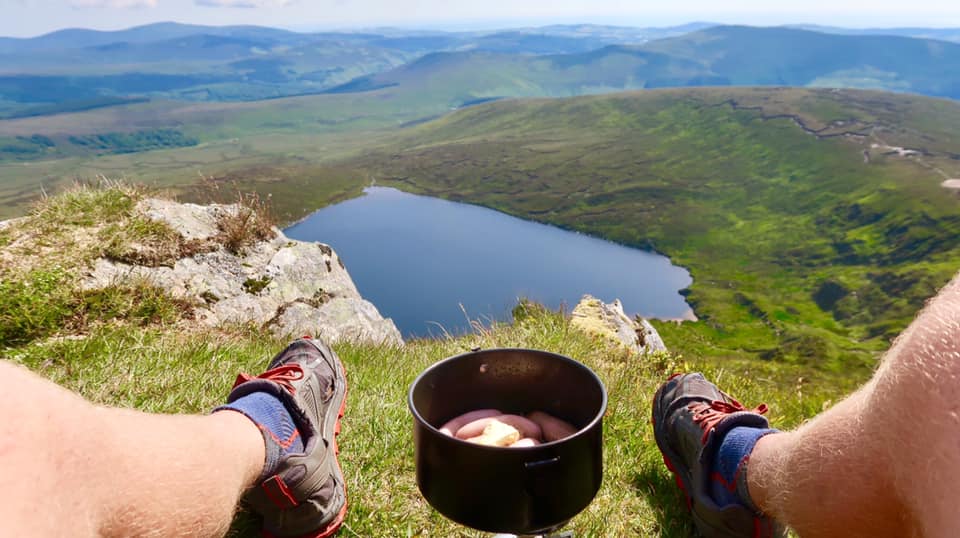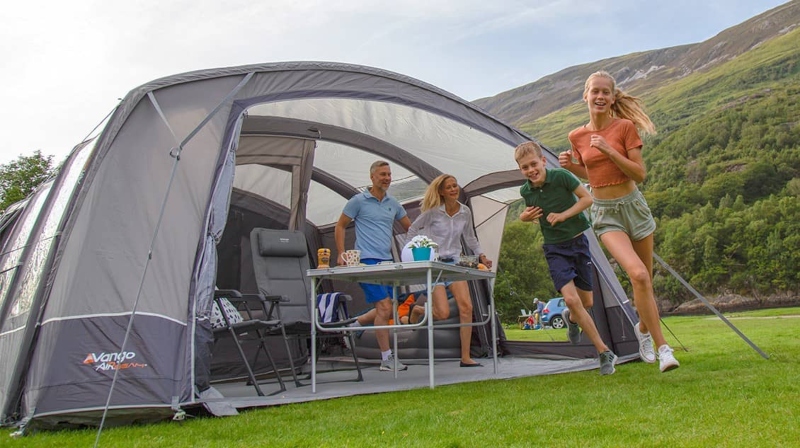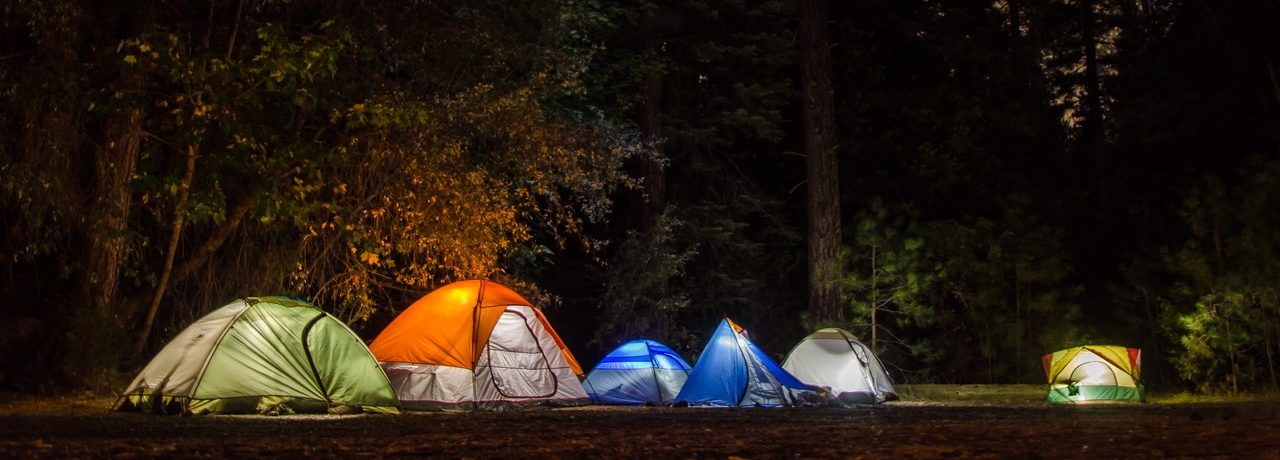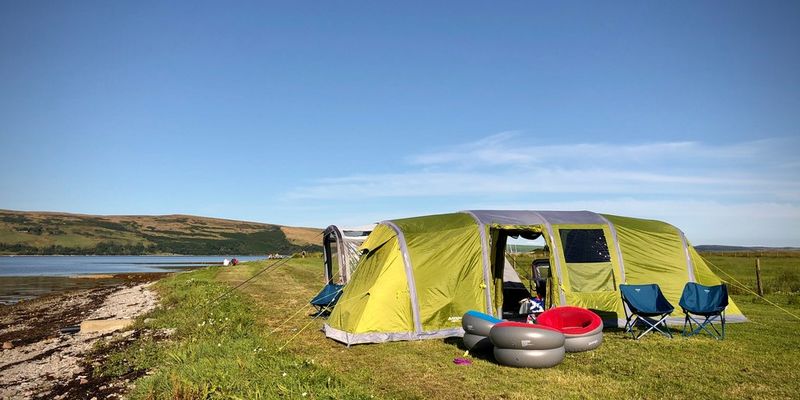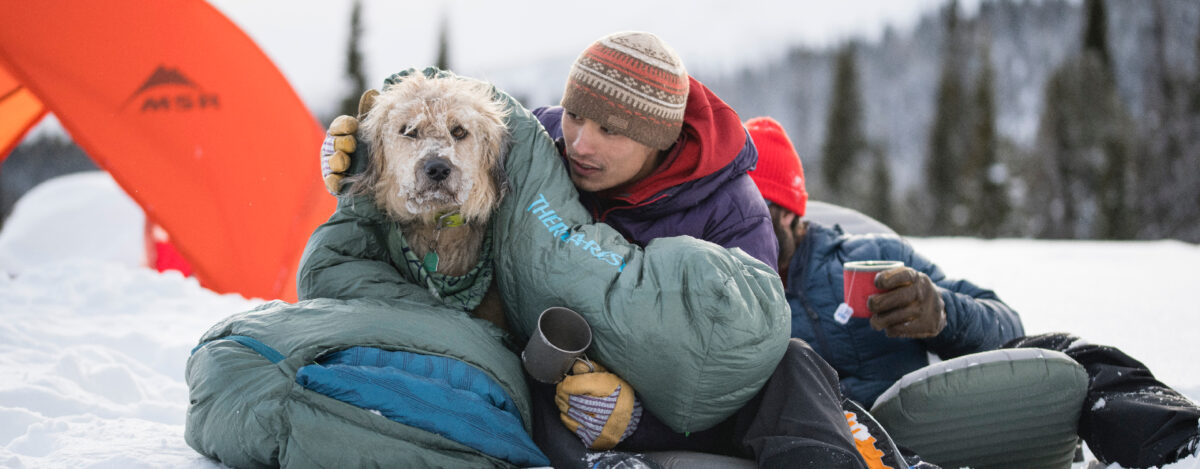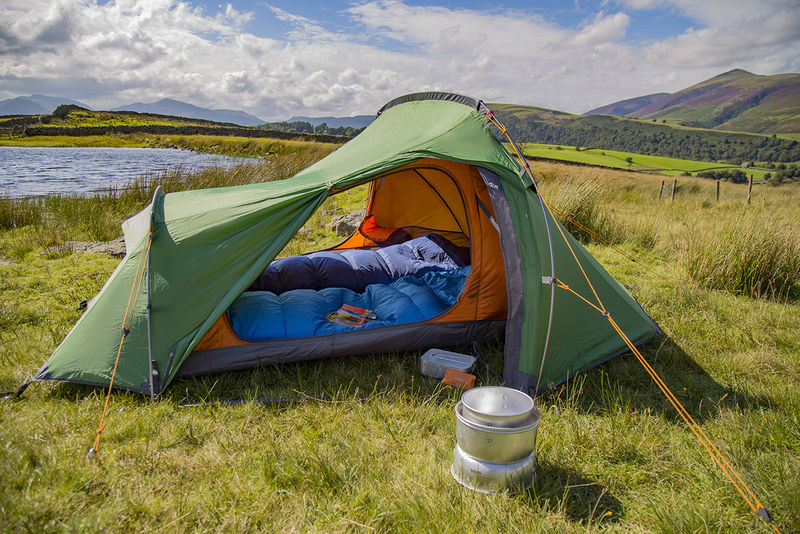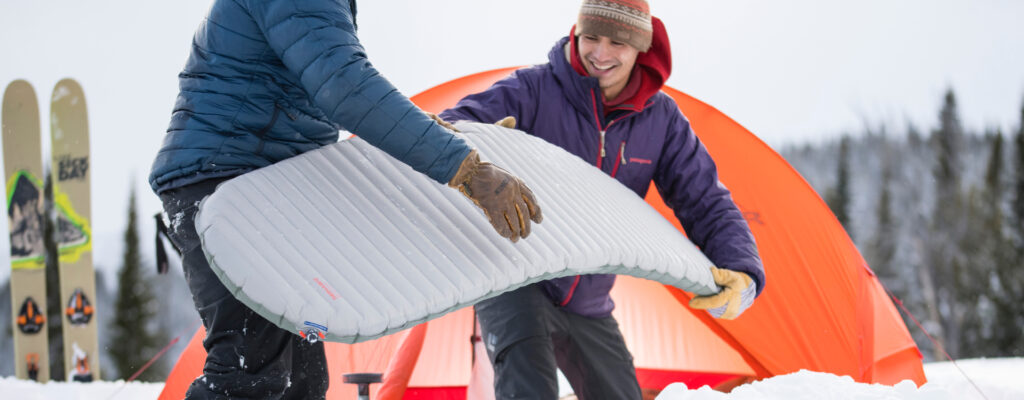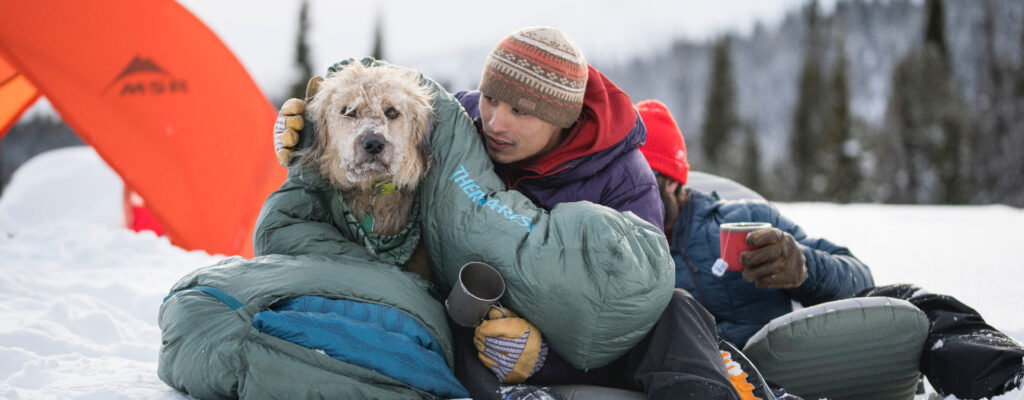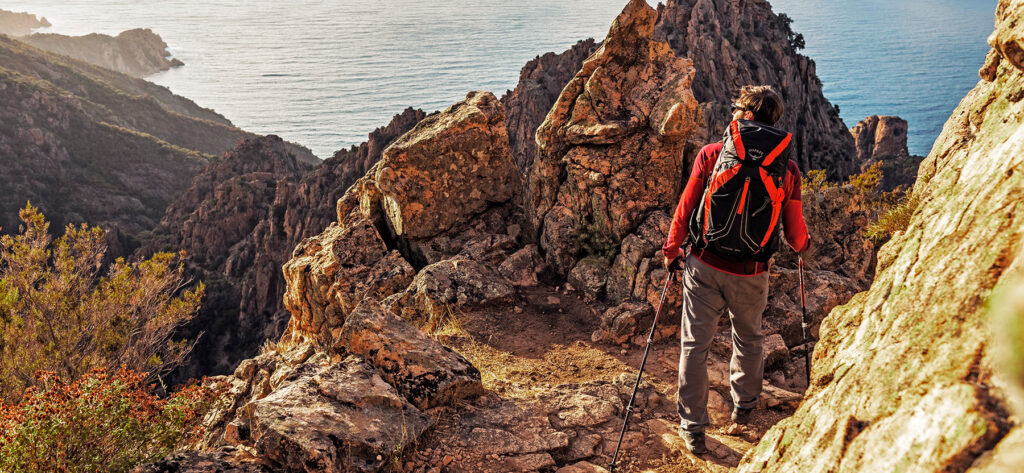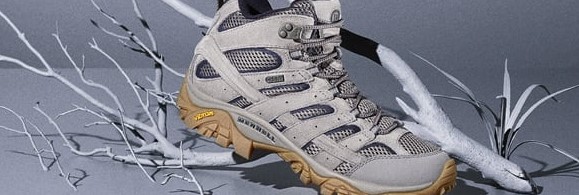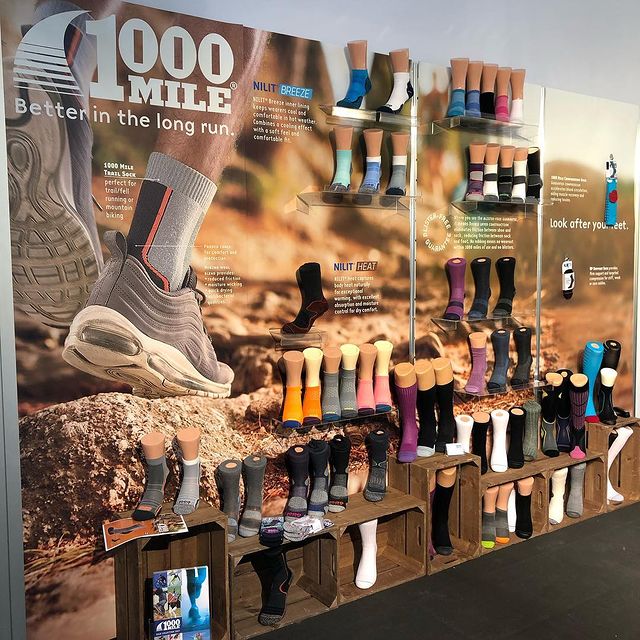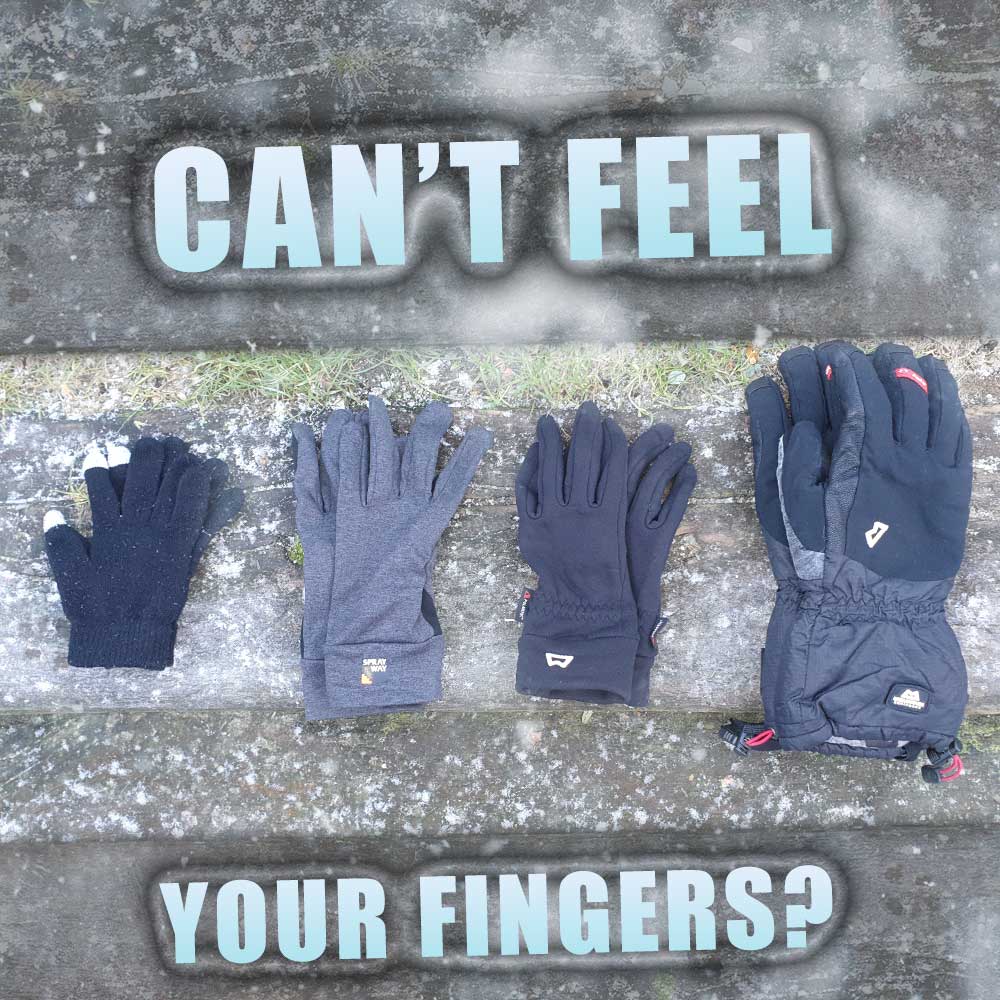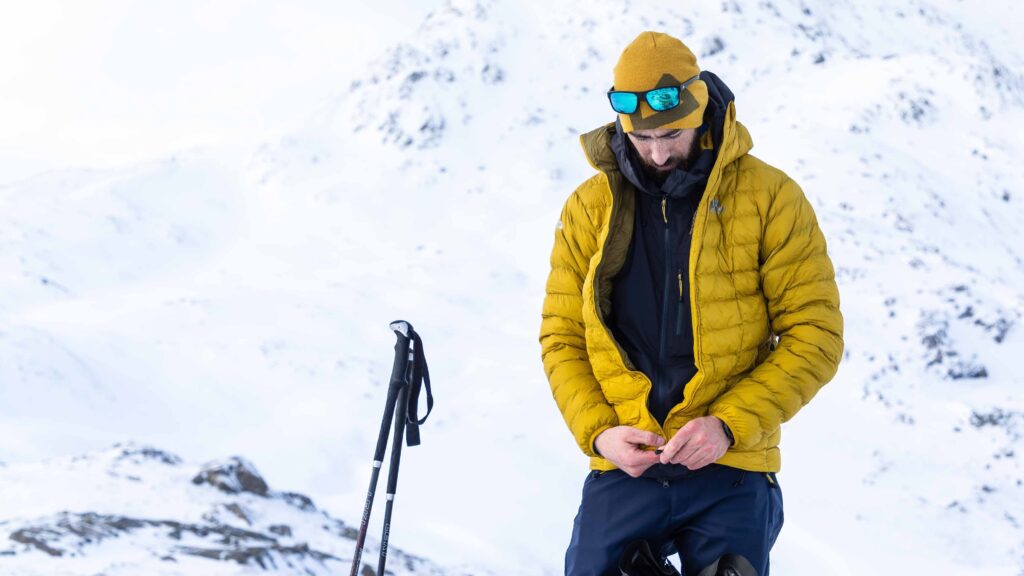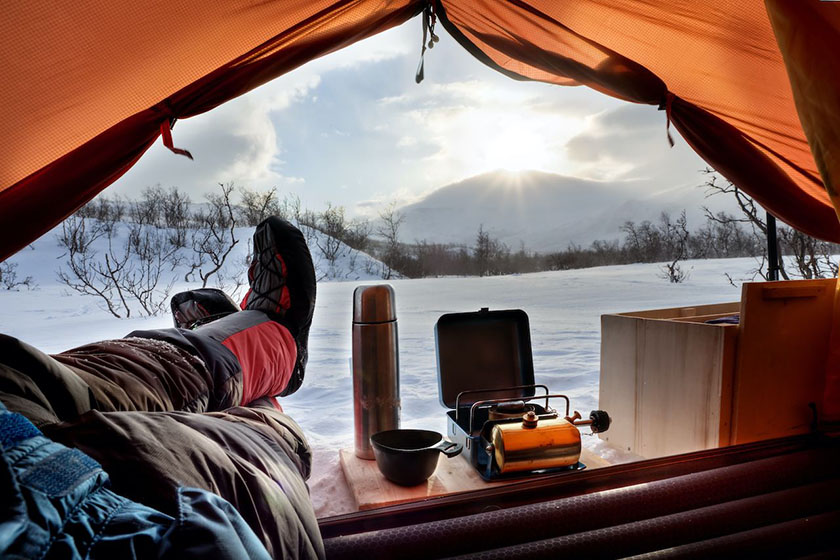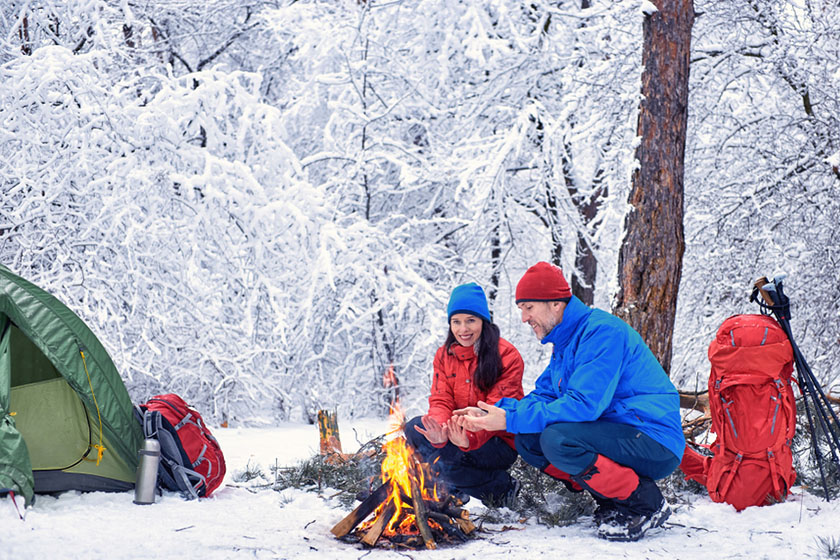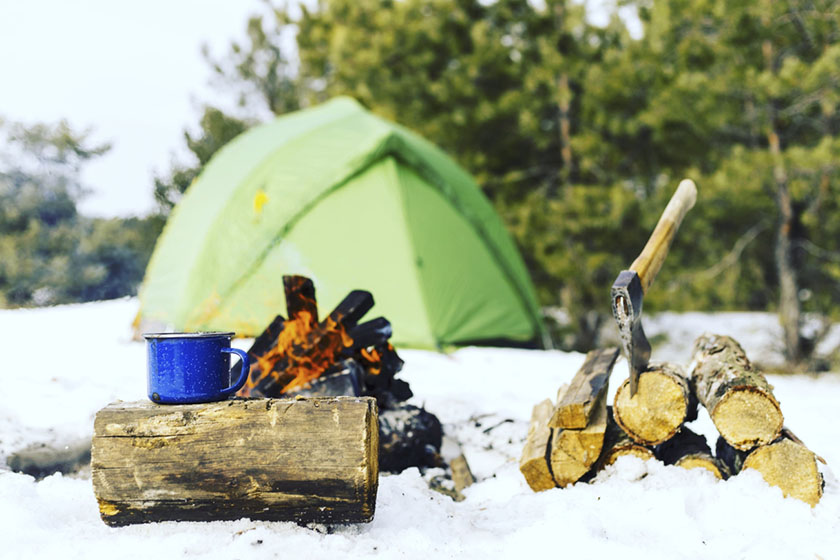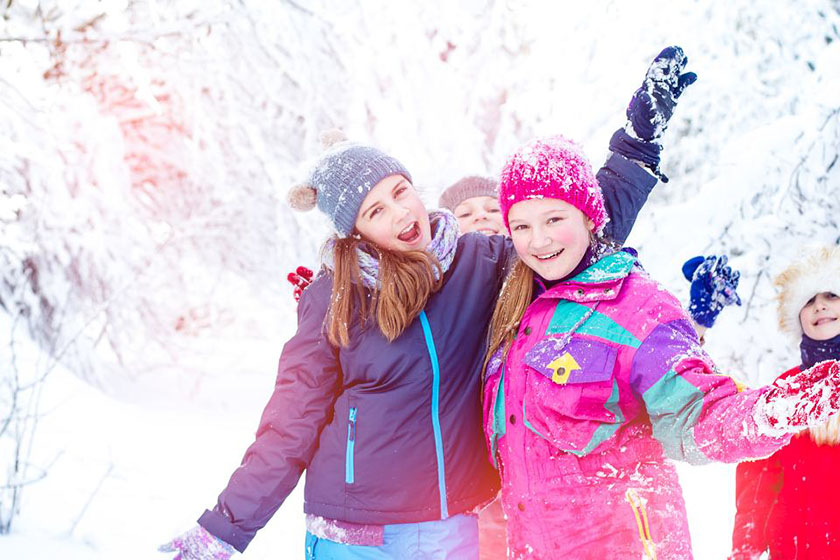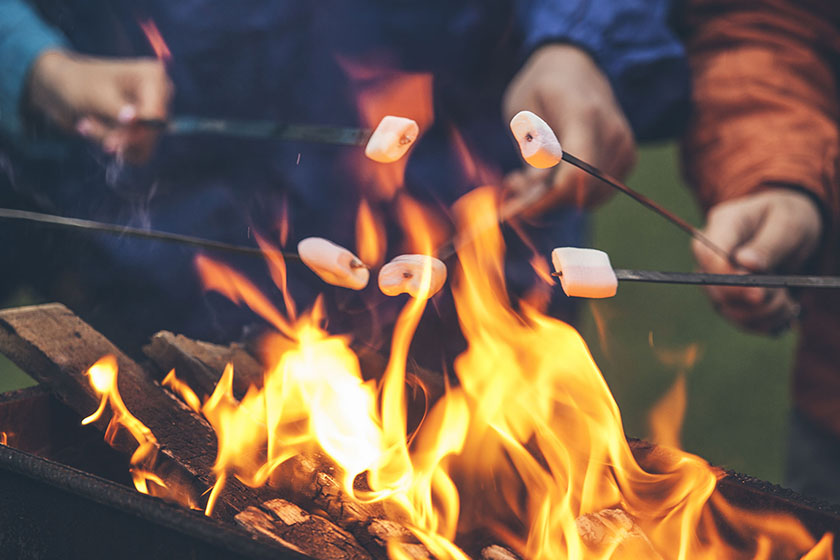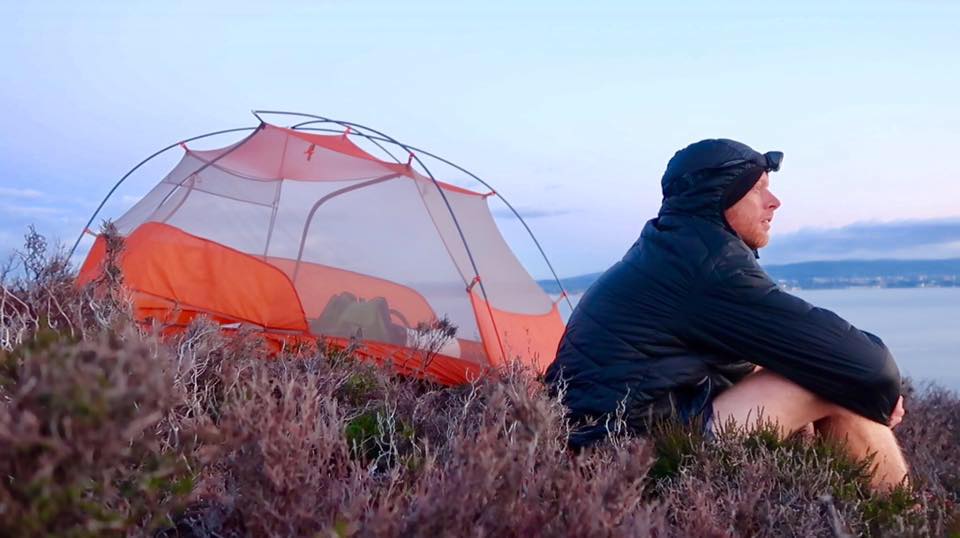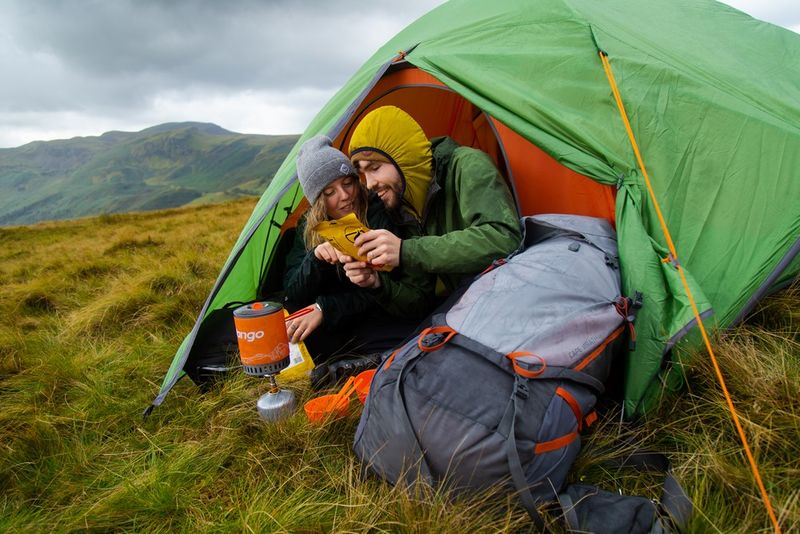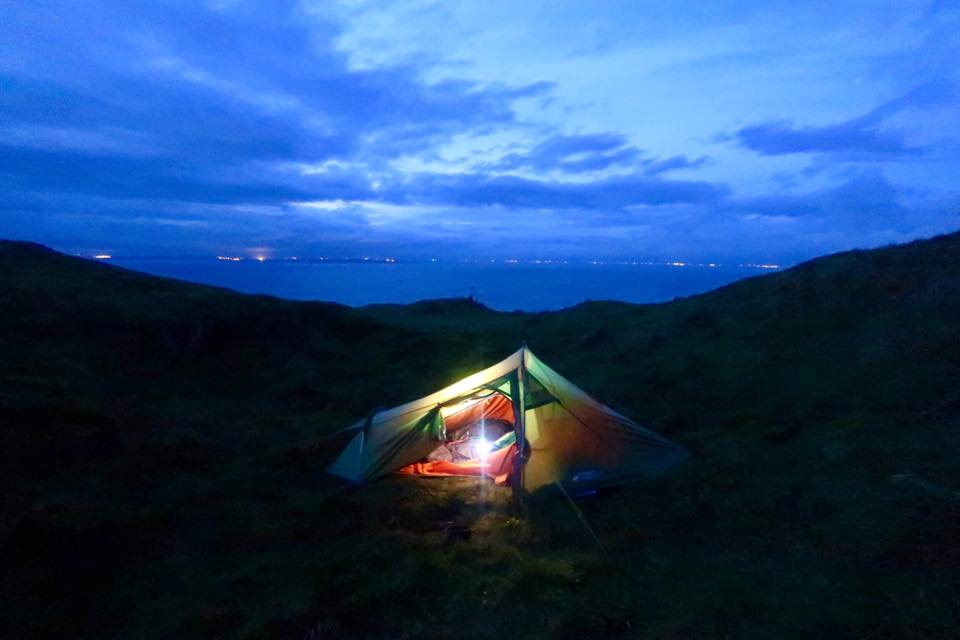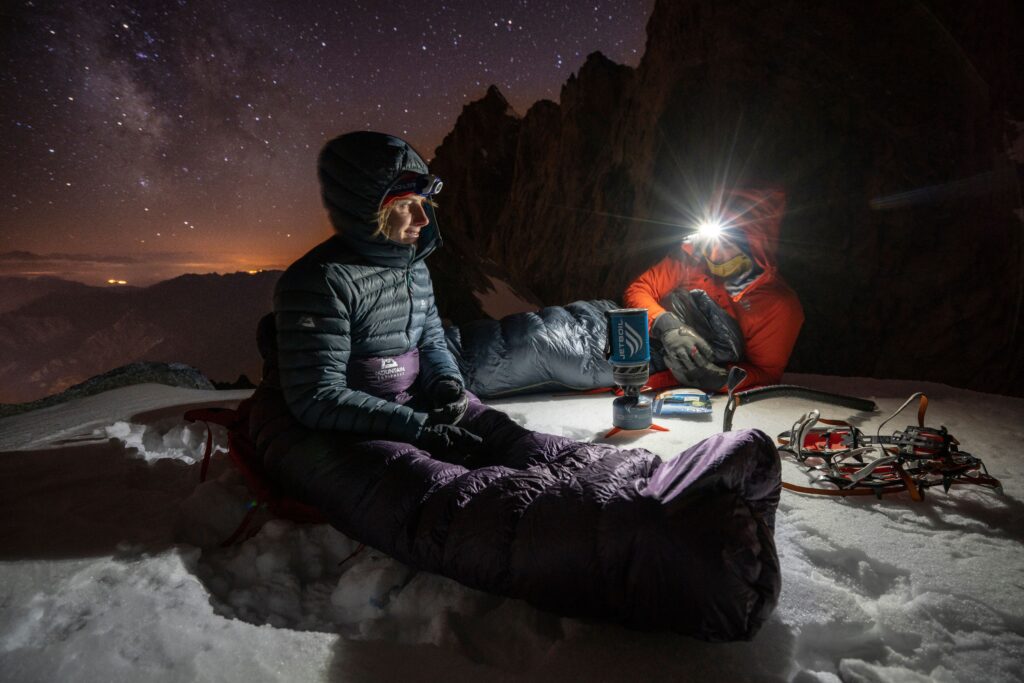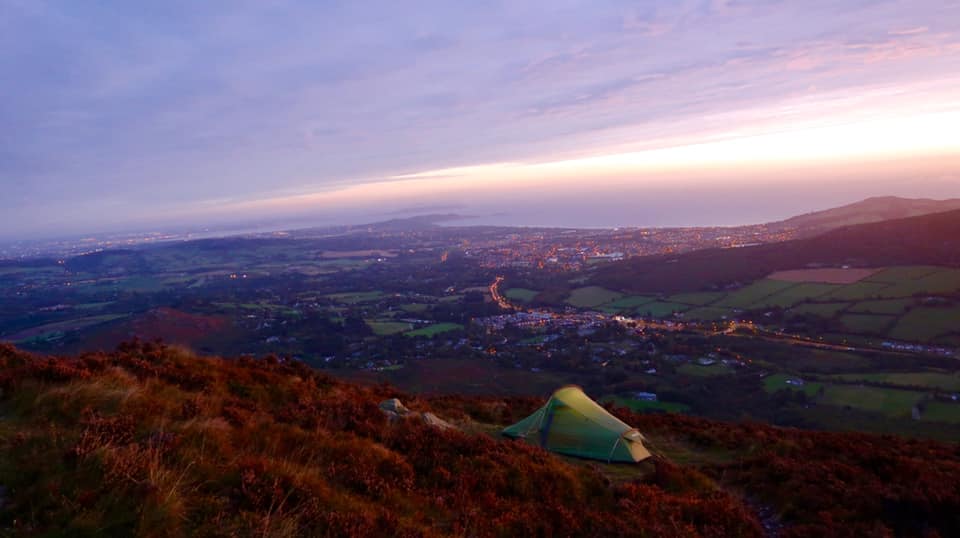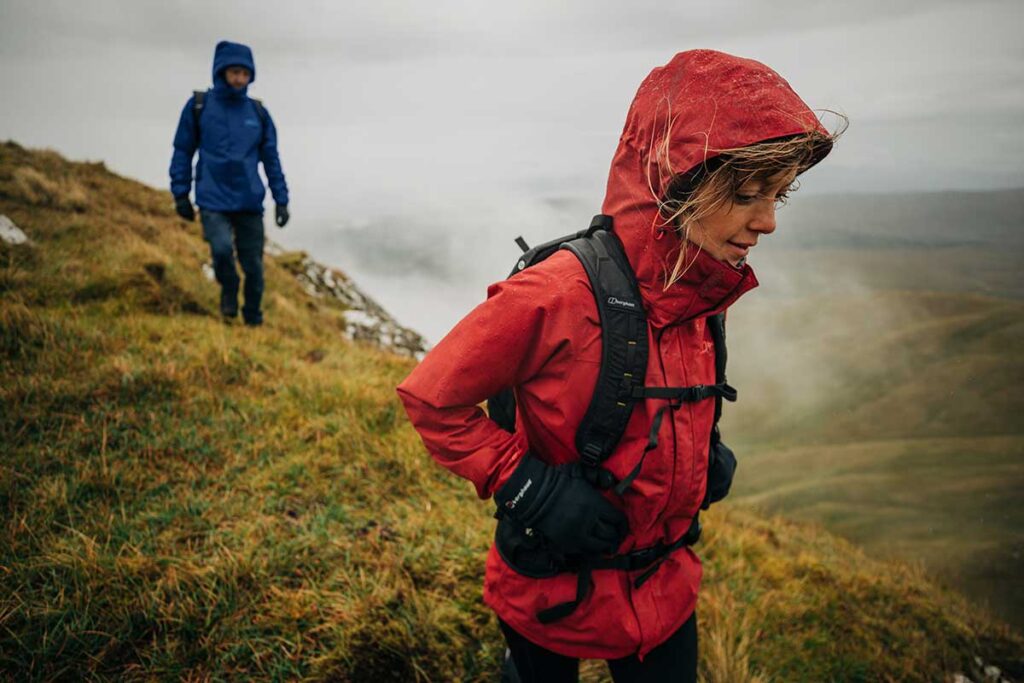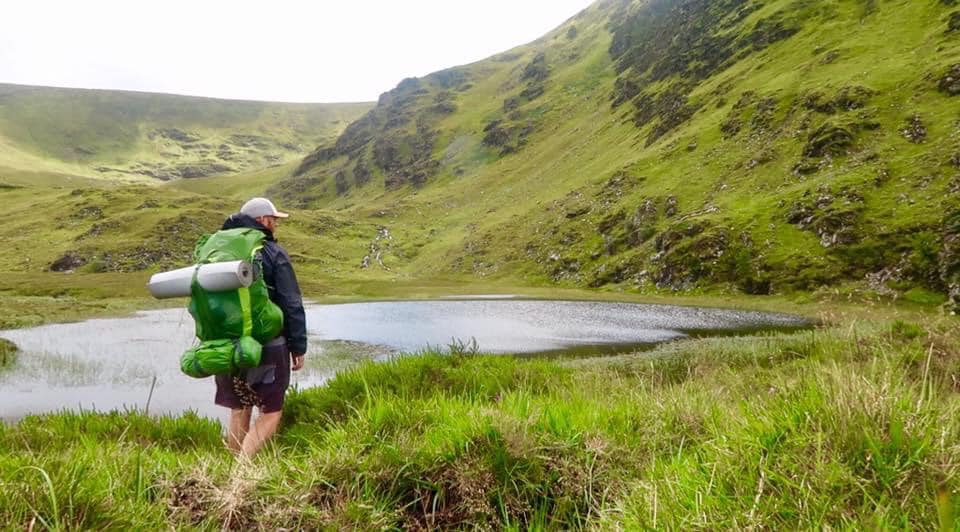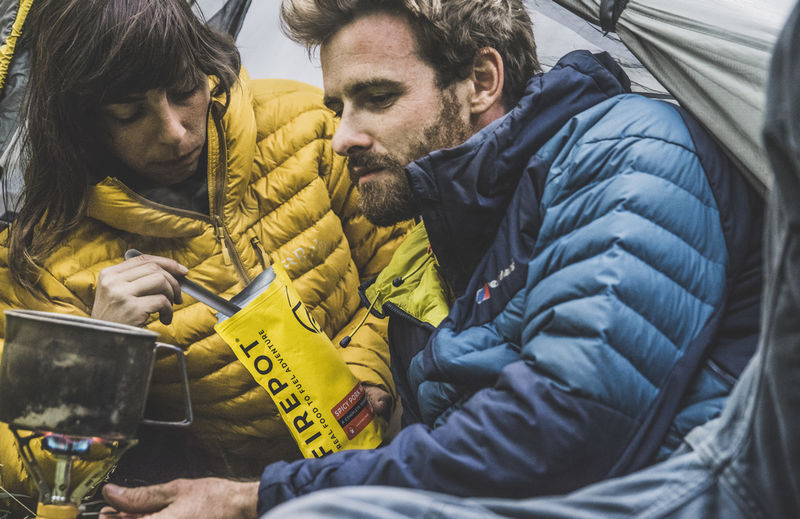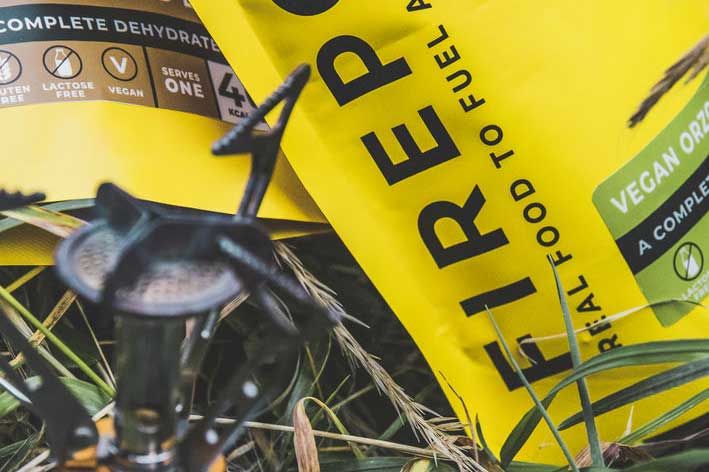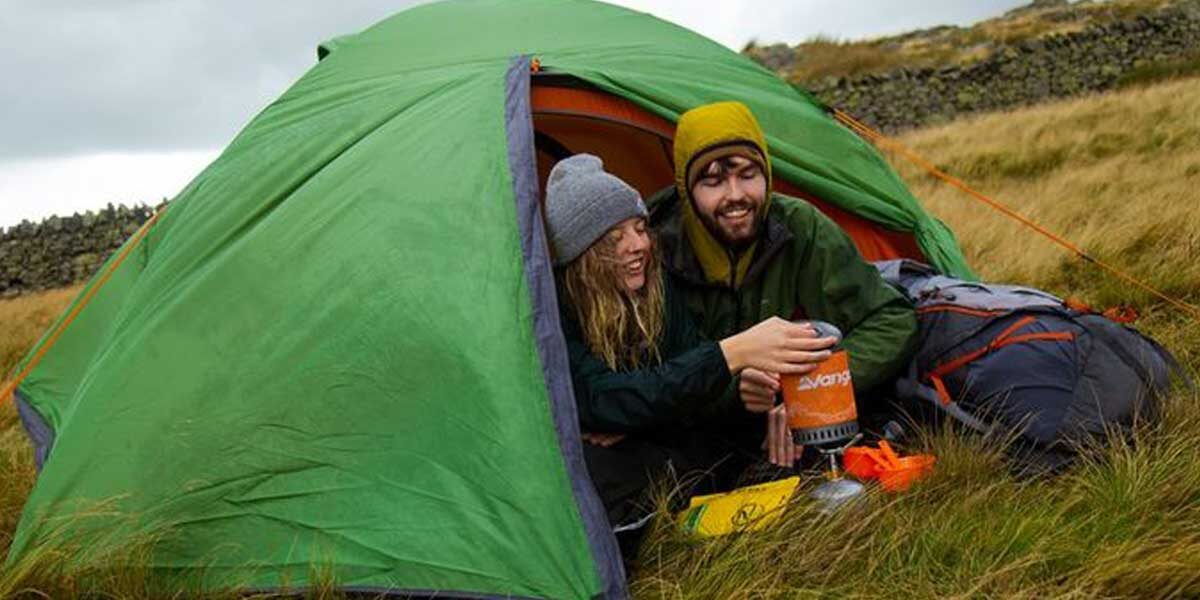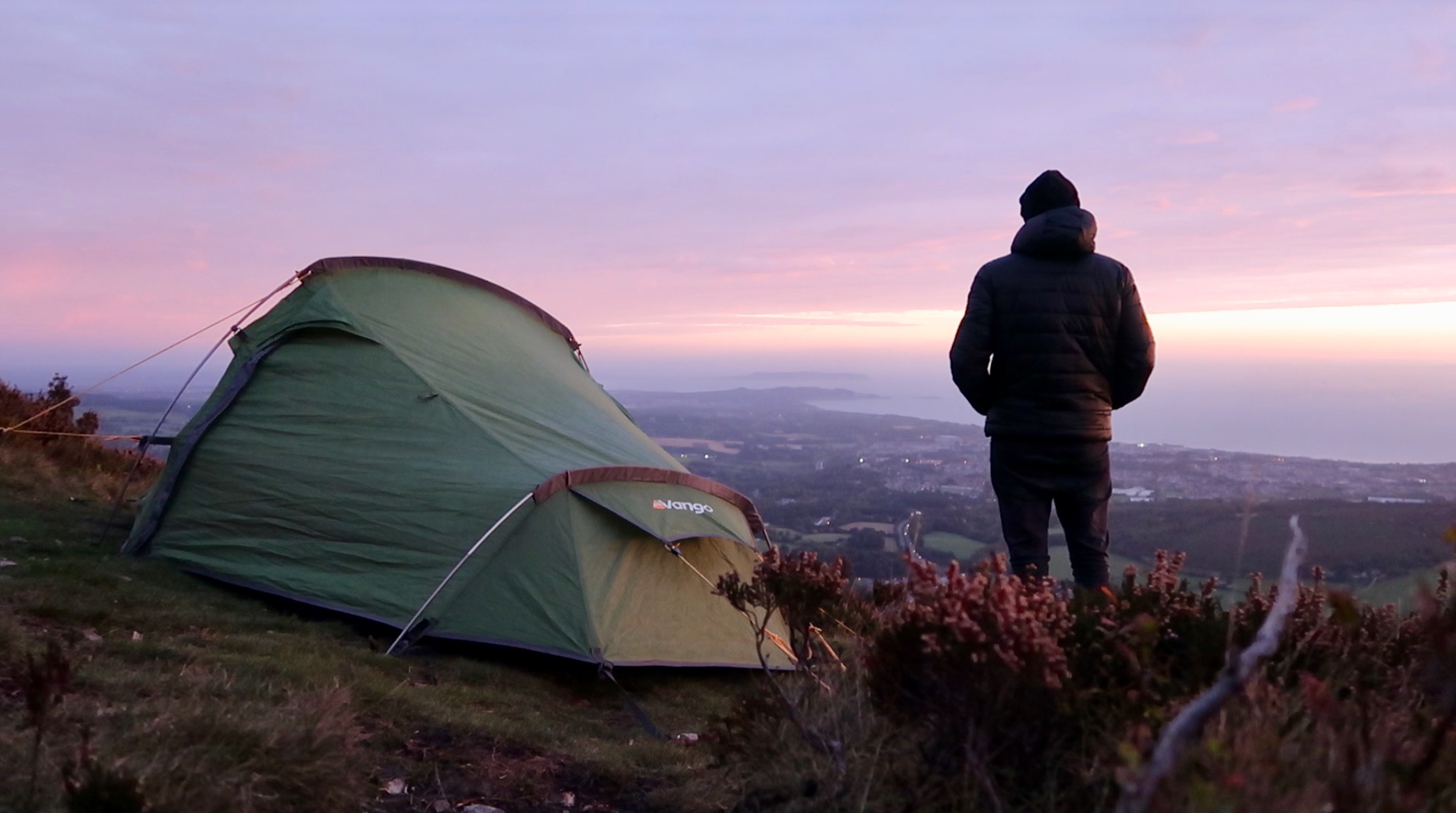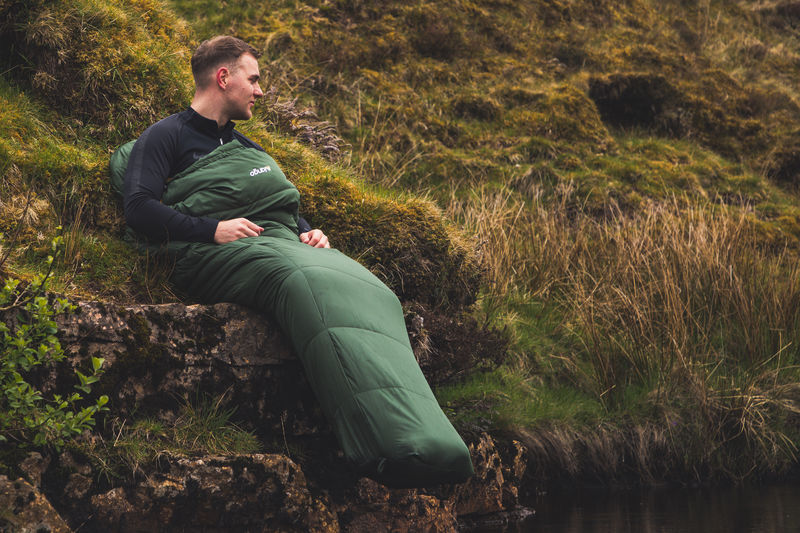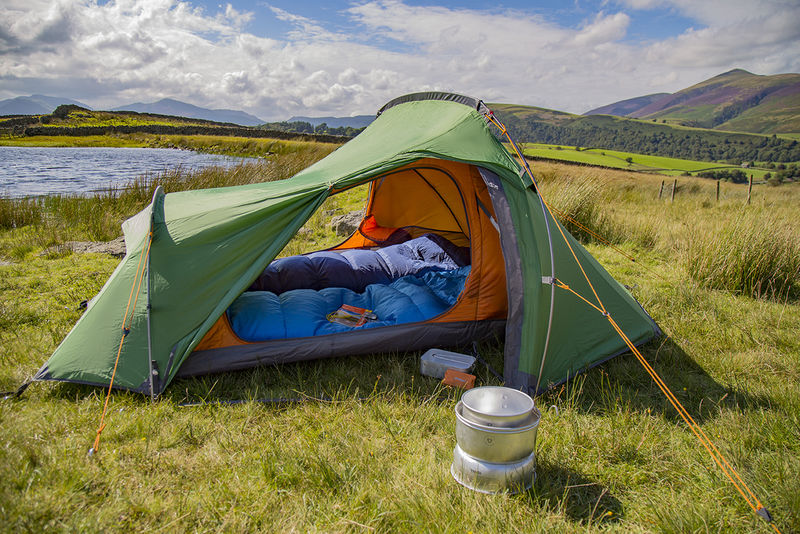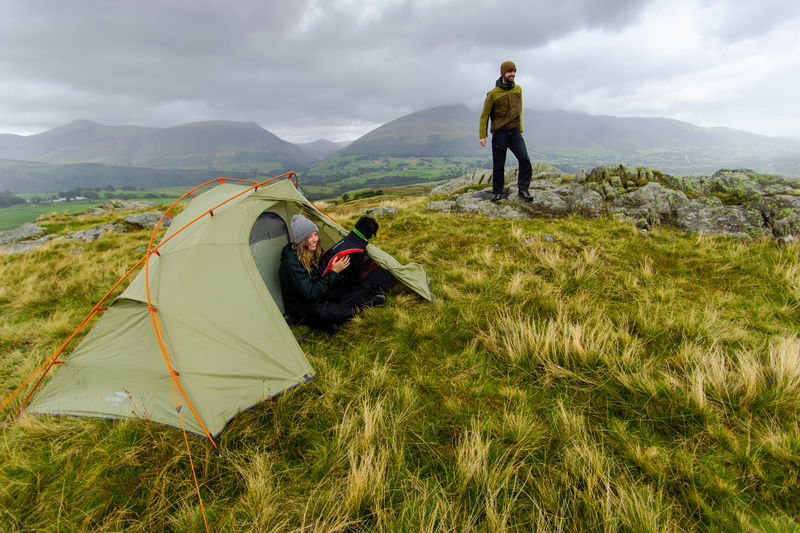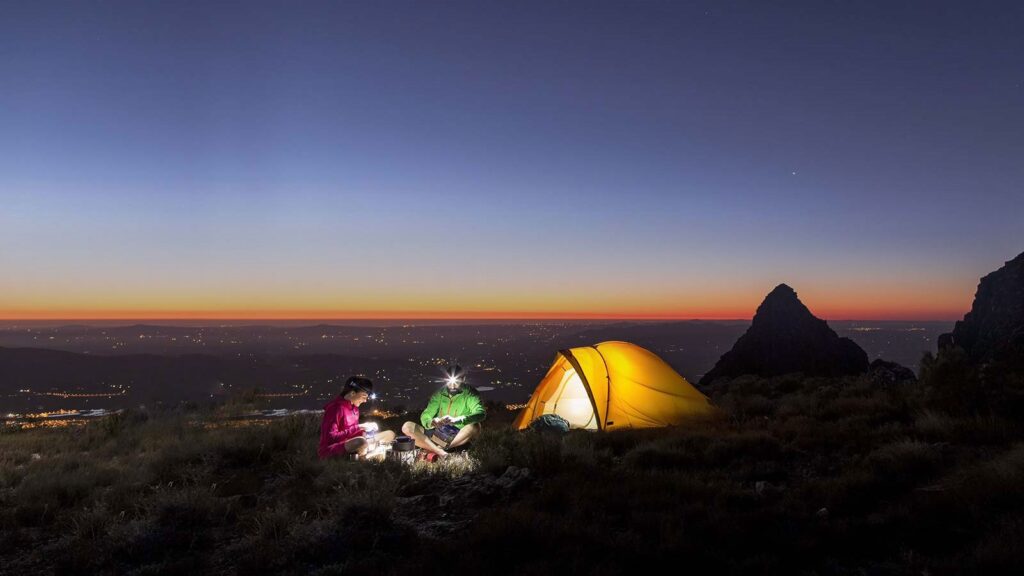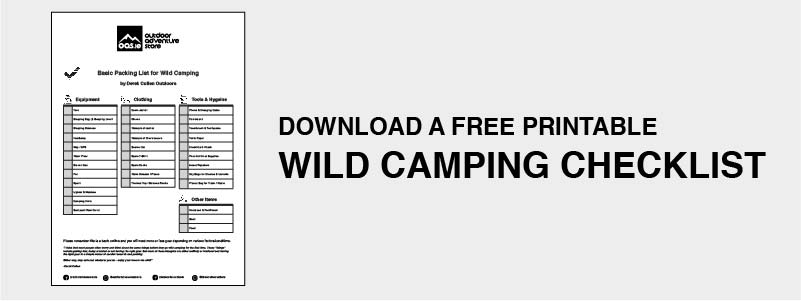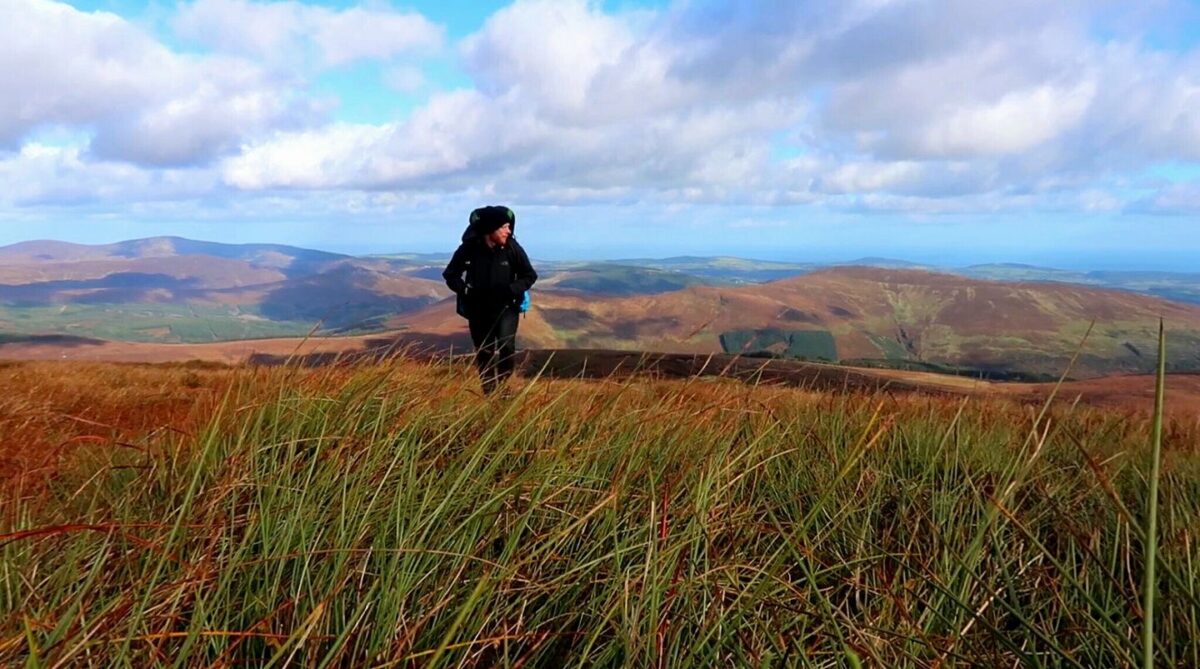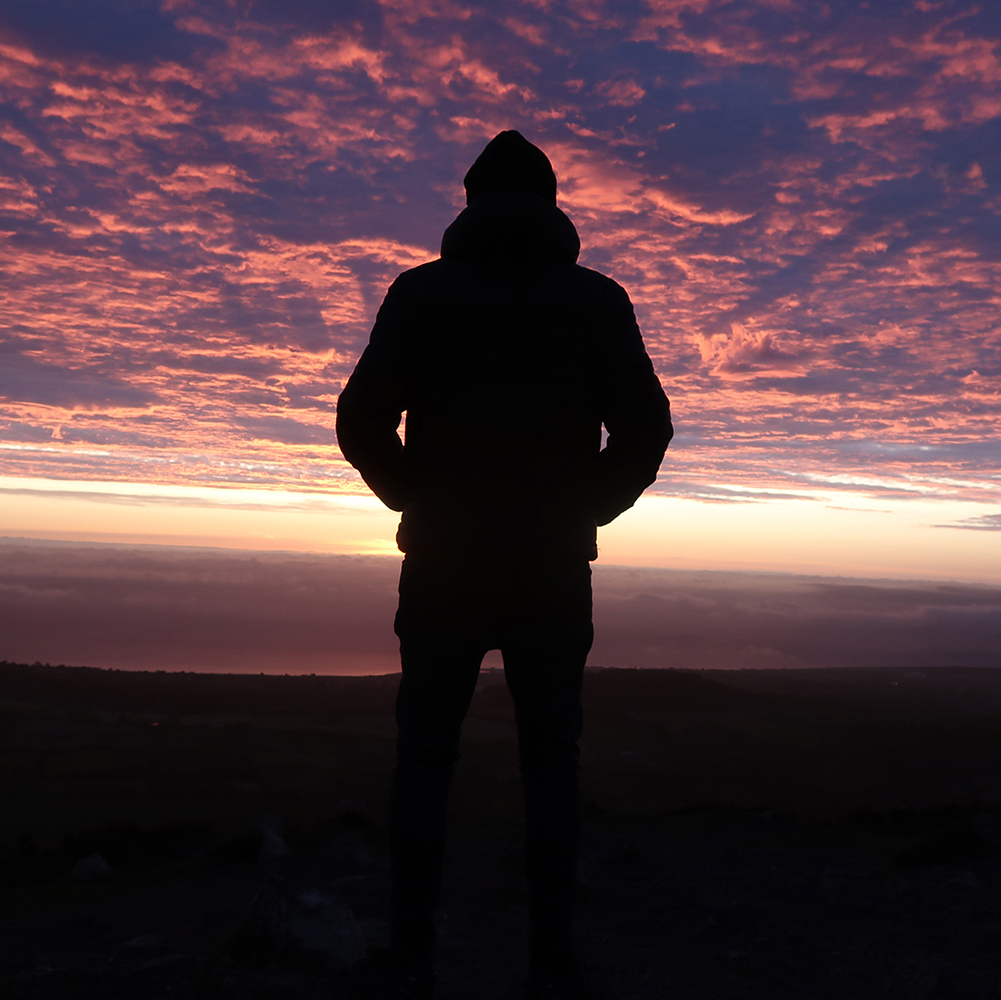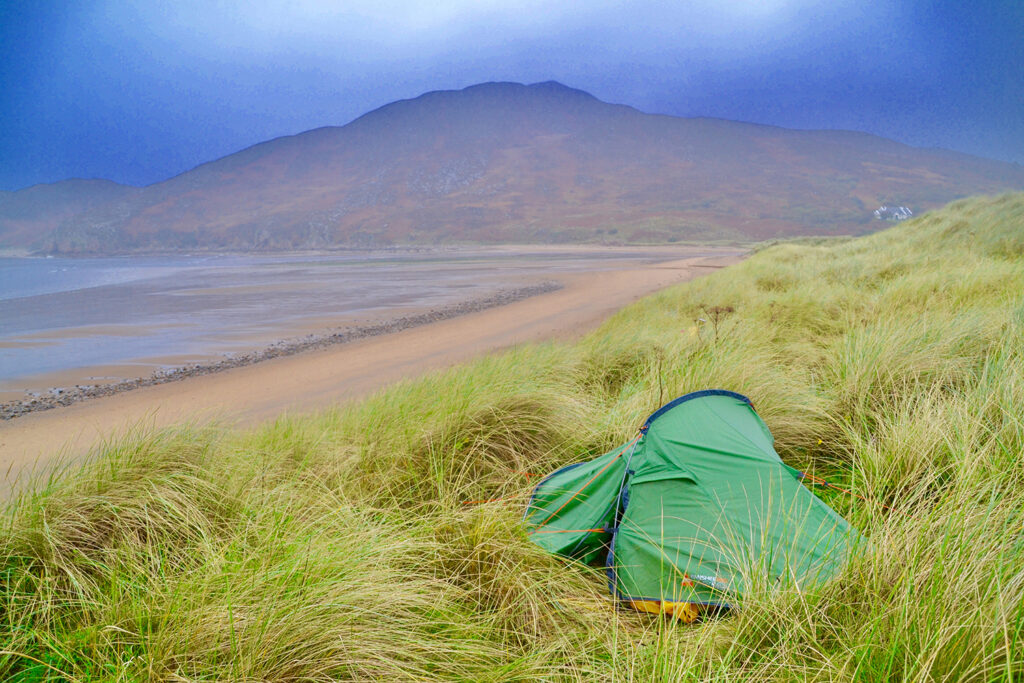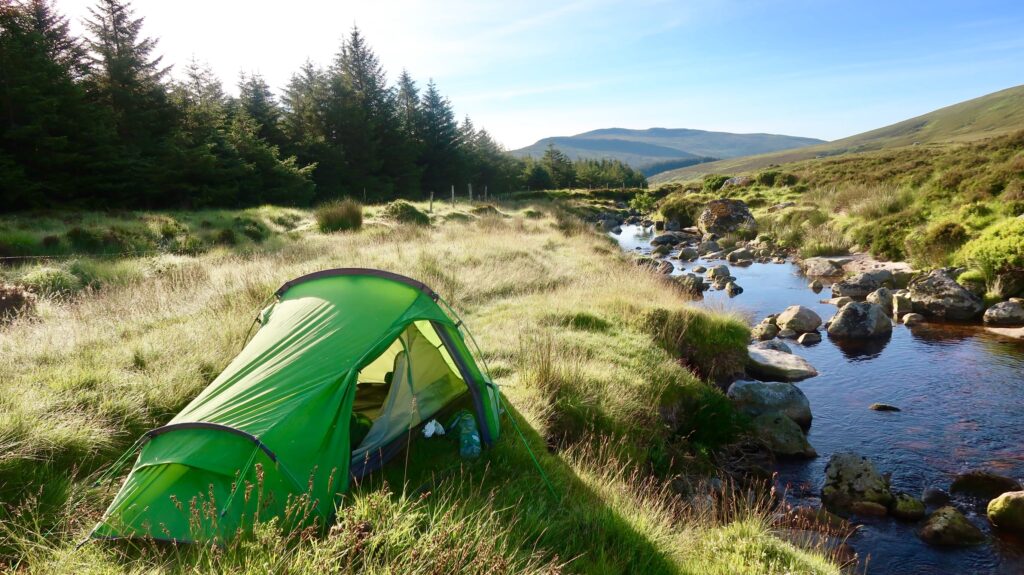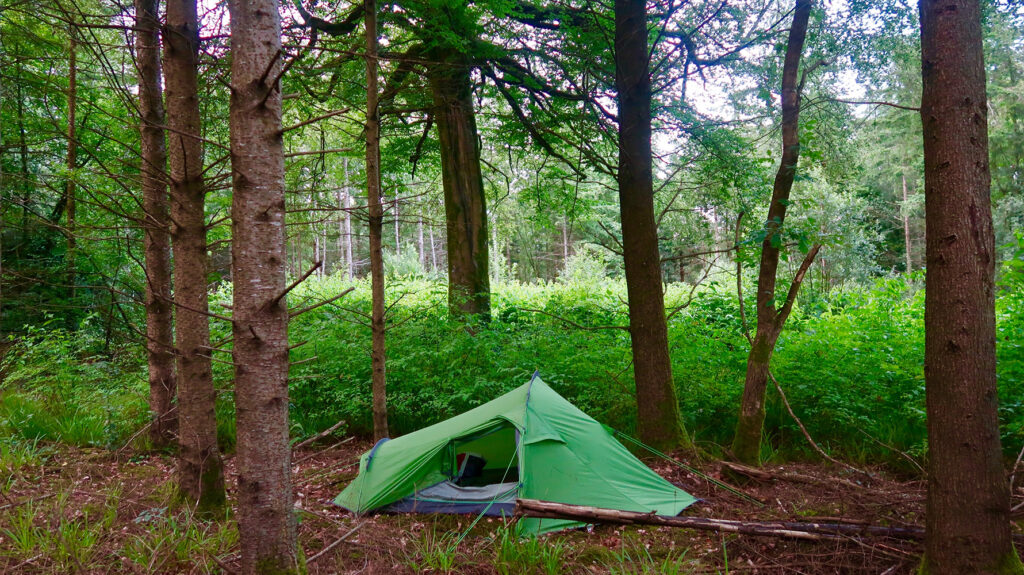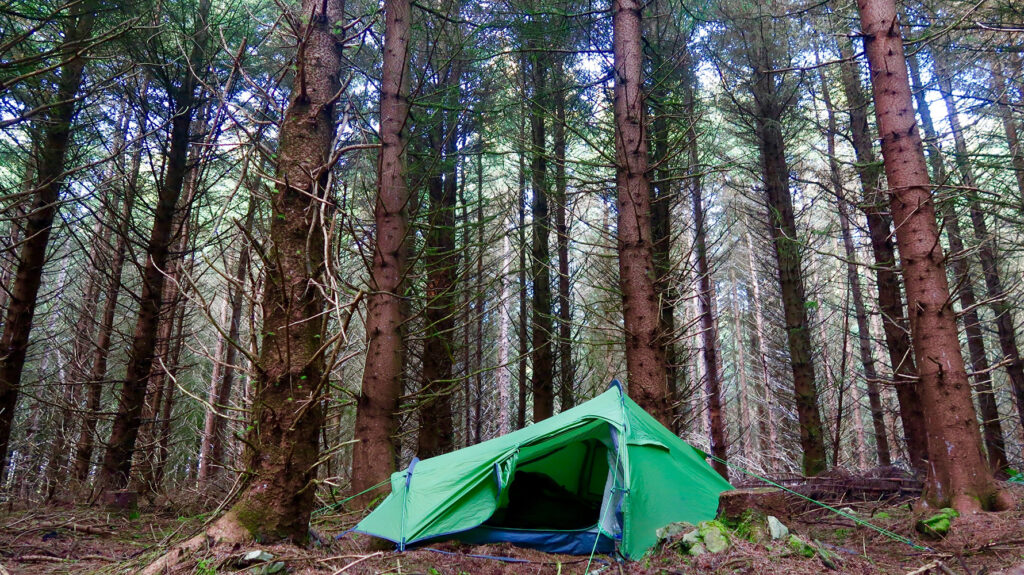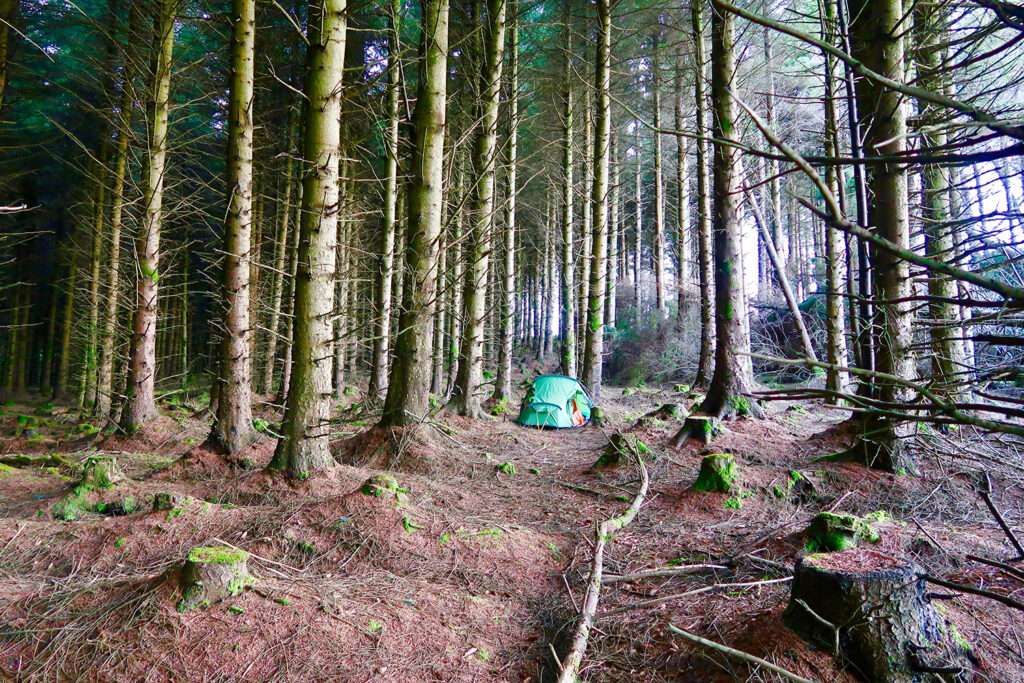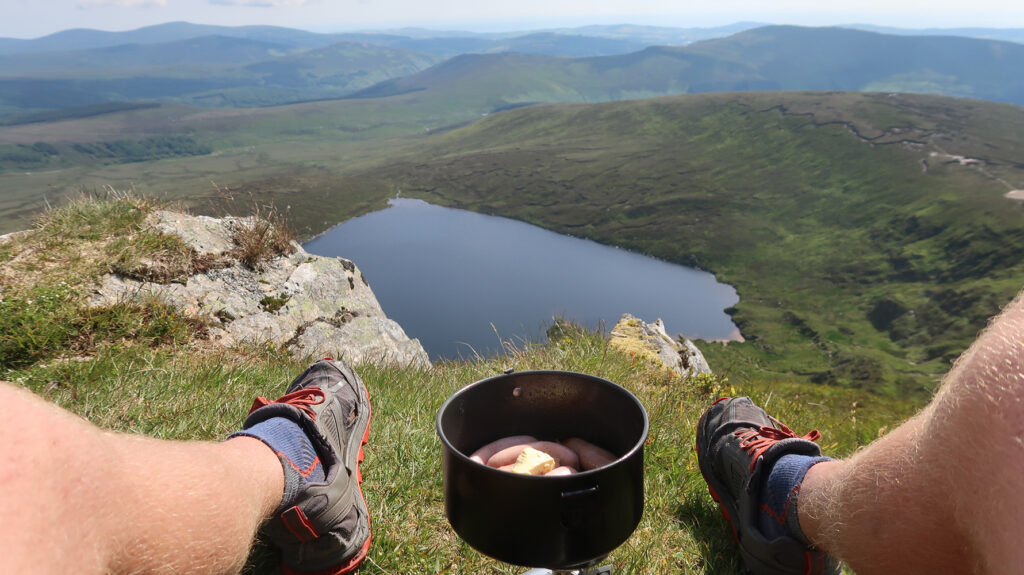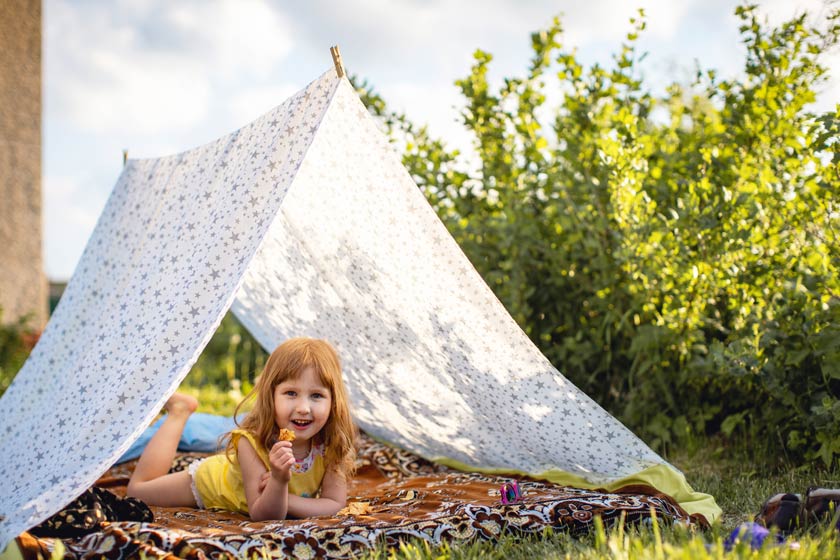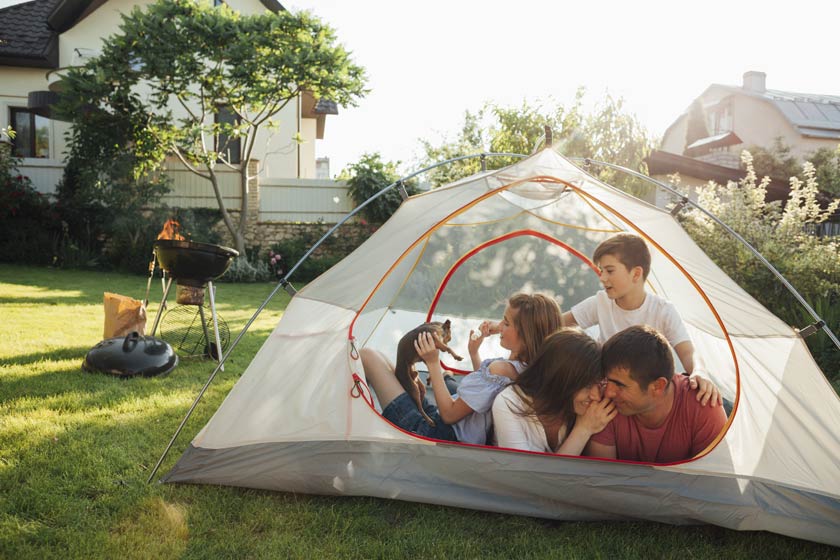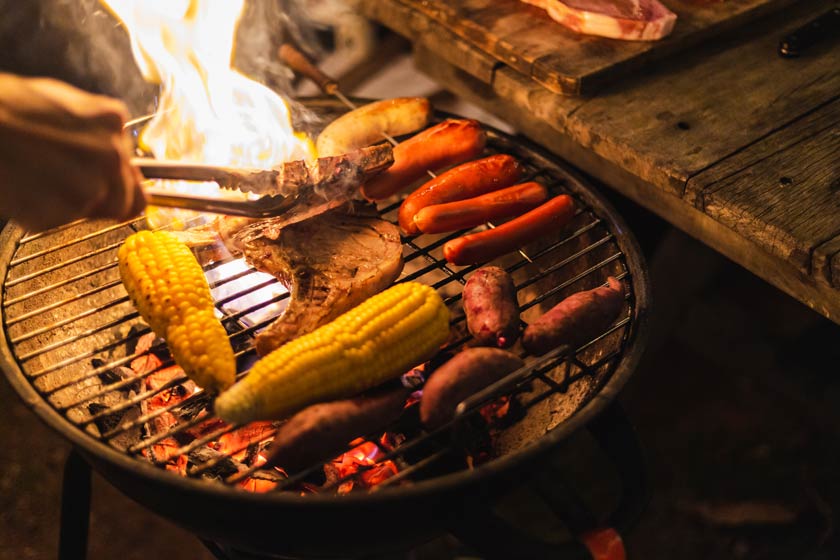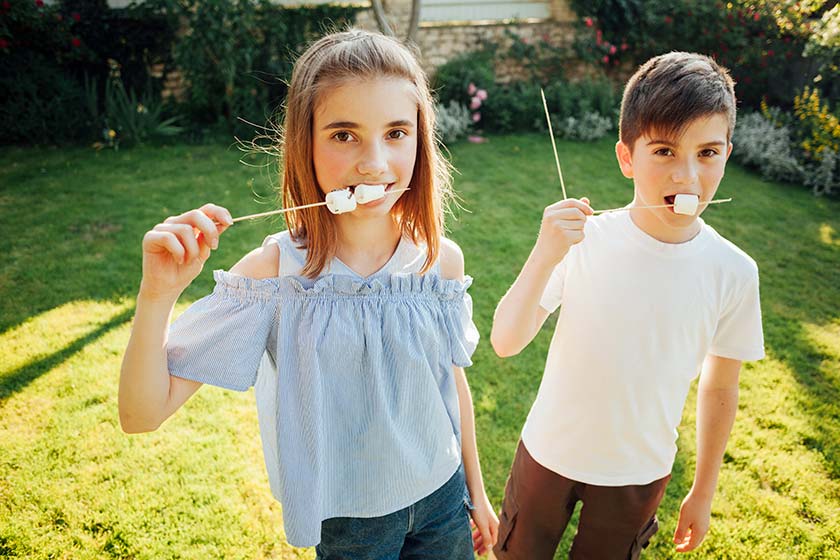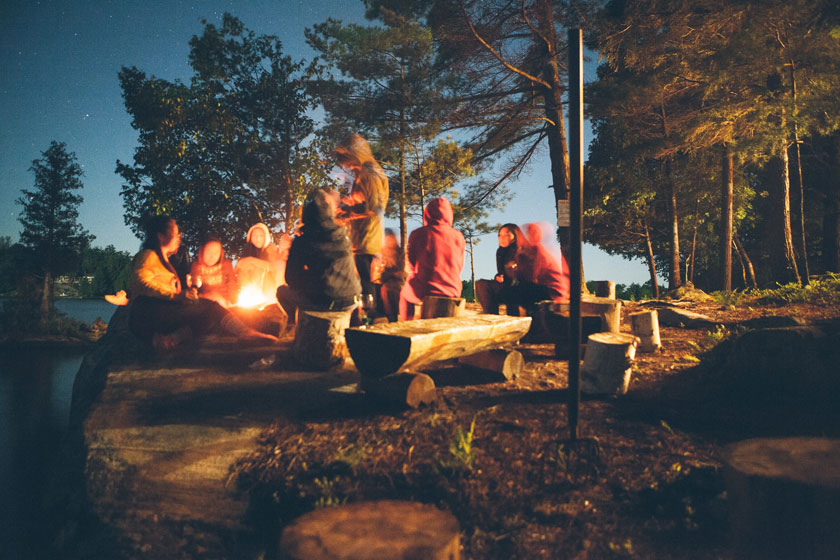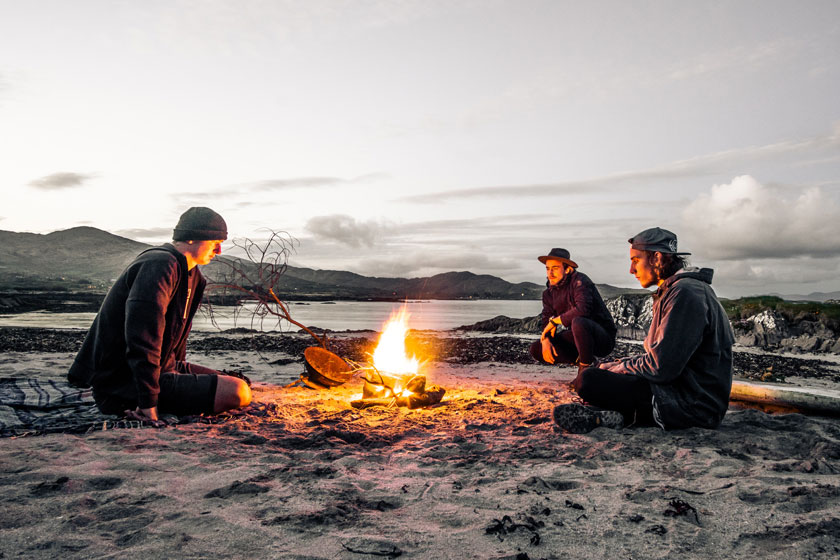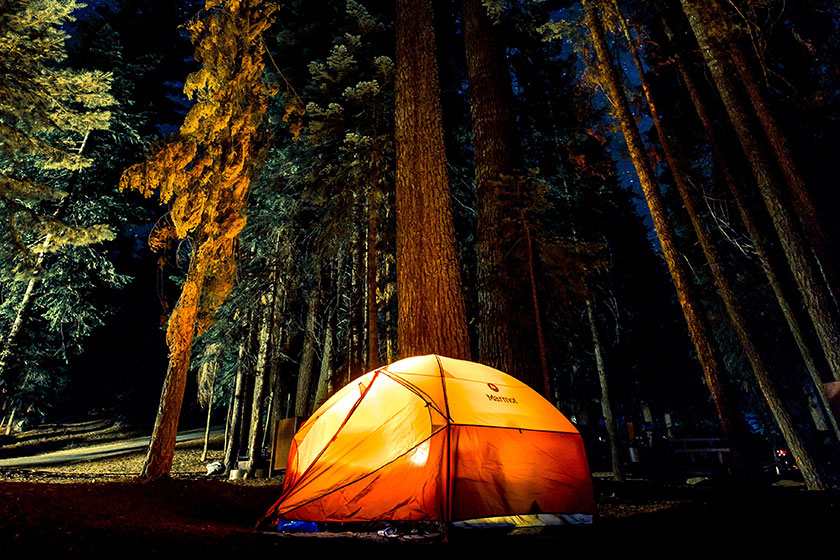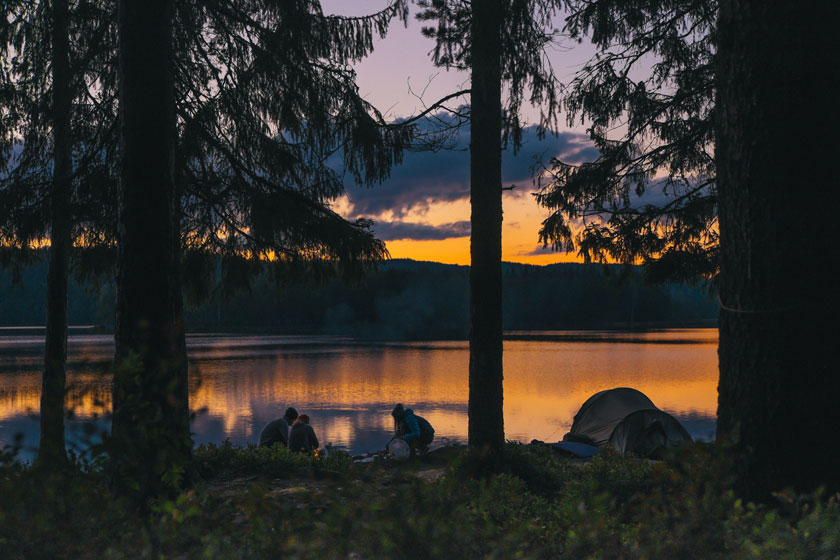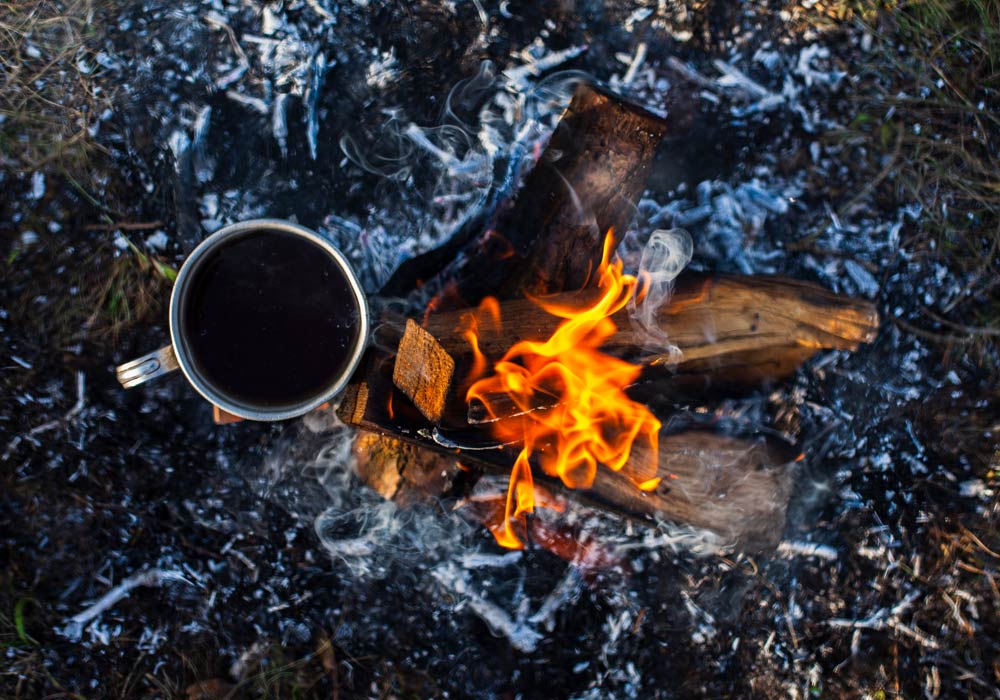I went wild camping for more than one hundred nights in the year that I walked around Ireland. It was my first time to sleep in all of these spots with no directions or information. I was often camped in a random forest next to the road or on a hilltop above a farm. These spots were not always spectacular but always provided the sense of adventure and excitement I was hoping to find. Some wild camping spots really stand out in my memory. In this blog, I will share with you for the first time – my favourite wild camping spots in Ireland.
My 7 Favourite Wild Camping Spots from Walking Around Ireland
1. Dunree Beach on the Inishowen Peninsula in Donegal
This area is best known for Dunree fort which sits on a rocky promontory on the Inishowen Peninsula in Donegal. It was built during the Napoleonic Wars and really adds to the sense of mystique in the area. I was far more interested in the beautiful view that opens up as you approach the sandy and rather isolated stretch down below.
Dunree Beach feels like a sort of amphitheatre due to the shape of the bay. On more than a few occasions I’ve had this beach all to myself . The dunes provide enough shelter from the elements and privacy which is needed for a comfortable night of wild camping. I’ve also parked up the road and walked down to the beach with my gear in-hand.
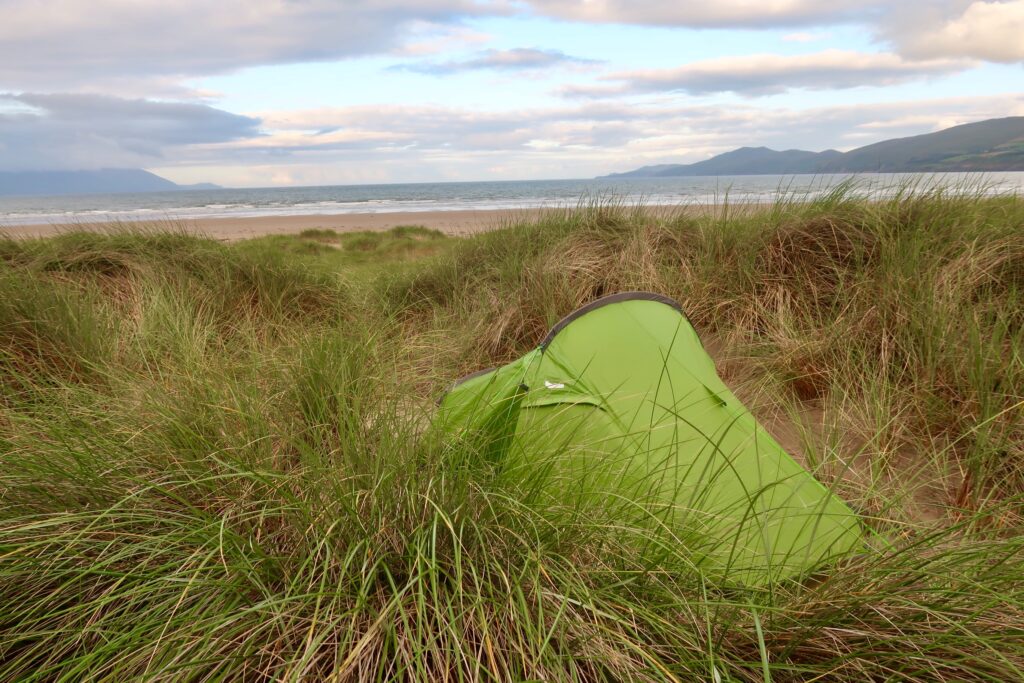
2. Glenmacnass River Near Lough Tay in Wicklow
Glenmacnass Waterfall was used as a filming location in the movie “Braveheart”. The river preceding this spectacle leads up further into the Wicklow mountains and past a popular attraction known as the heart-shaped lake – Lough Ouler. I often camp right next to this river after visiting the lake or climbing nearby peak – Tonelagee.
While there is often a swarm of midges awaiting at dusk, I love the sense of wildness in this area. It’s common to see deer at sunrise or sunset. The silhouettes of the mountains offer some of the most spectacular scenes in Wicklow. When you first arrive at this river en route to Lough Ouler, it’s best to walk at least a few hundred metres up river. That way you are out of sight and not bothering any hikers that come that way.
I used to walk all the way to this spot from Glendalough via St Kevin’s Way and Tonelagee Mountain. I then return to Glendalough by either climbing over Scarr Mountain or walking the nearby road that runs down the valley and past Glenmacnass River. It’s a hike but a real adventure to take on for a weekend of wild camping!
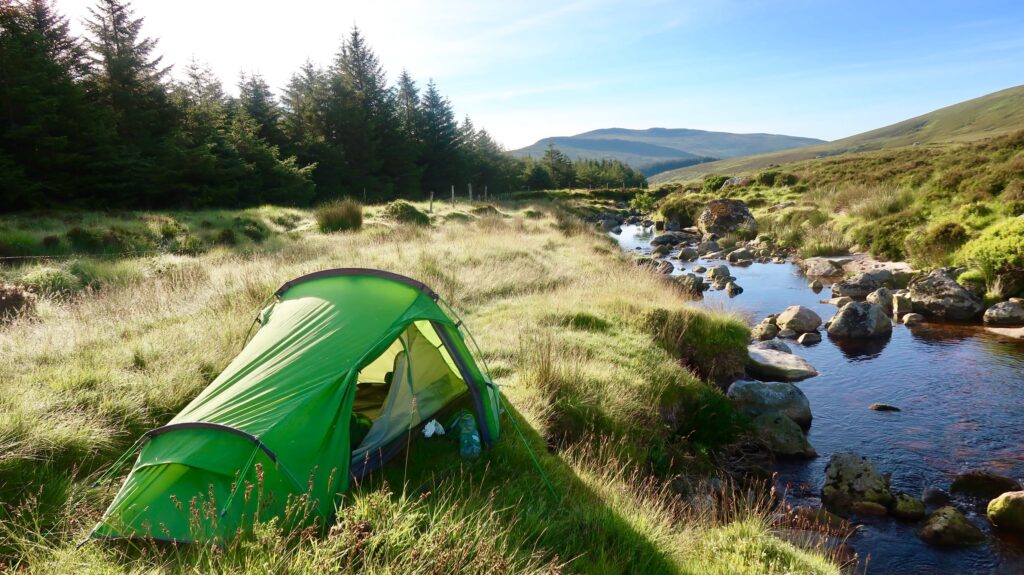
Glenmacnass River 📷 Derek Cullen
3. Mountains or Lakes Between Killarney and Black Valley in Kerry
Want to see some of the most stunning mountain scenery in Ireland? Climb up above Torc Waterfall on the Kerry Way hiking trail. The trail is well-marked and there are many potential wild camping spots between here and “Black Valley”. I eventually settled for a majestic spot next to a lake. I happened across many more spots earlier that same day but it was too early to stop. There’s not much else around except silence and natural beauty so be sure to bring supplies. I have yet to hike this trail in full but this section put the Kerry Way at the top of my “to hike” list.
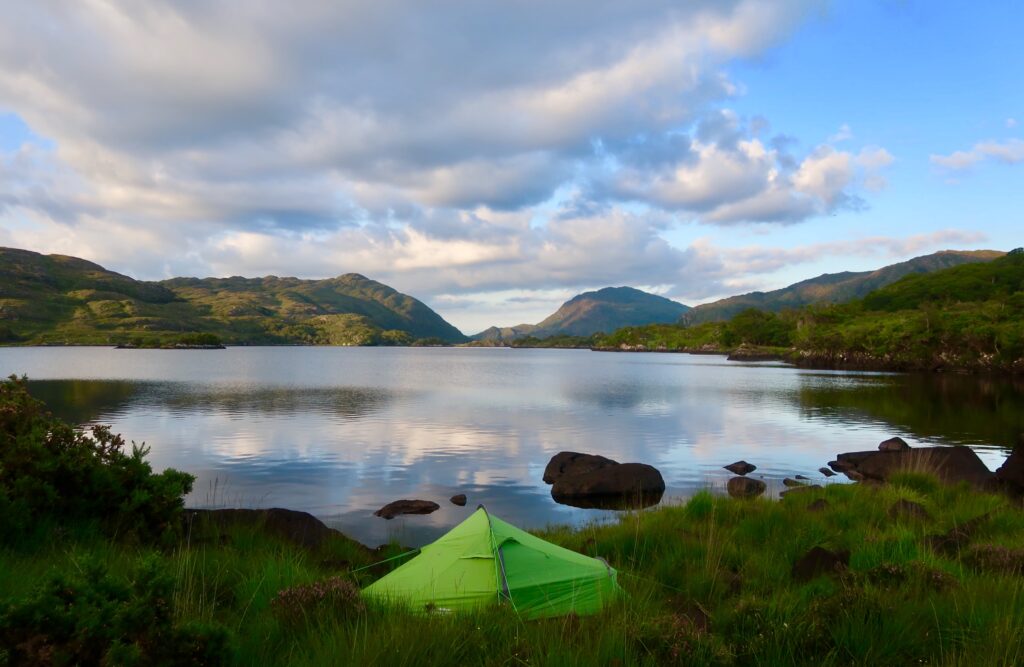
Killarney, Kerry 📷 Derek Cullen
4. Lough Salt in the Hills of Donegal
I know that lots of people will be quick to recommend a visit to Glenveagh National Park. While I totally agree, I much prefer the lesser known spots for wild camping. Located approx halfway between Dunfanaghy and Letterkenny, Lough Salt is the perfect example of what I hope to find on a night out in the wild. The lake is used as a reservoir and especially interesting as it sits more than 450 metres above sea level. There’s very little traffic on this road (zero after dark). I camped close to the lake but on the other side of a hill that faced down into the mountains. Cue the most incredible night of reading under my headlamp and watching a dark mist descend on the mountains below.
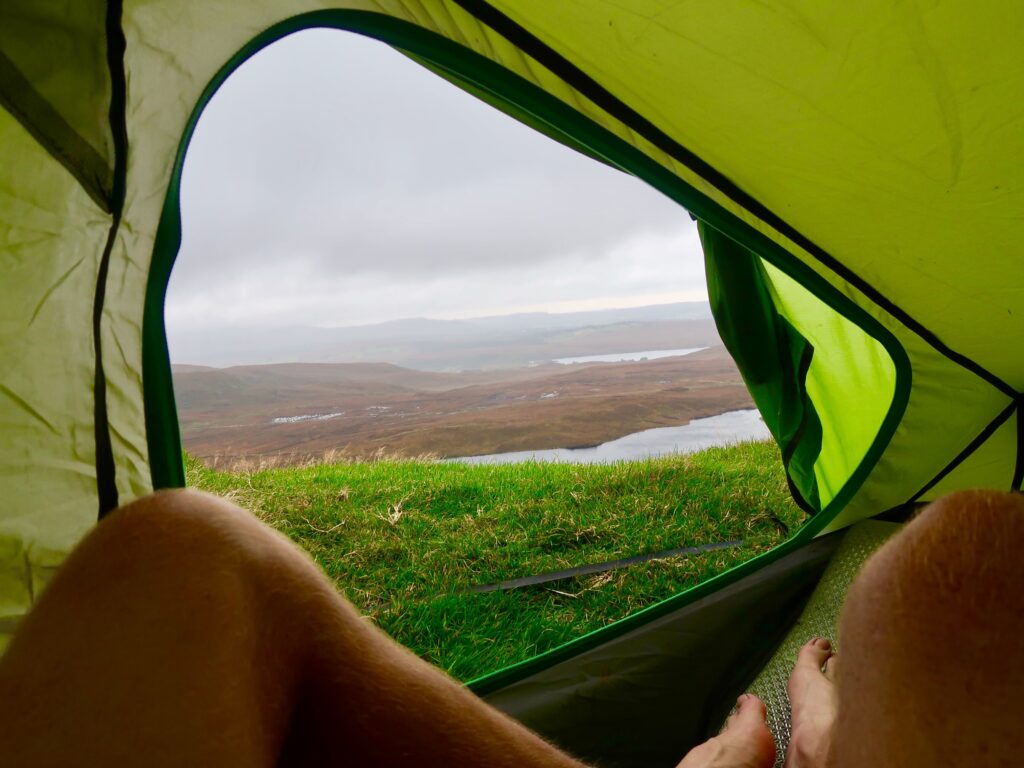
Lough Salt 📷 Derek Cullen
5. Great Blasket Island Just Off the Coast of Kerry
I think this just might be my favourite place to visit in Ireland. Not to mention my favourite place to go wild camping. There’s a lot of history behind the ruined village and life on the Great Blasket Island. I recommend reading “Twenty Years a Growing” or “The Islandman” to know more about this history. I’m just as fascinated by the wildness and wildlife on the island. You can spend an entire morning or afternoon walking from end to end and the views are beyond special.
I camped next to the “Kings House” on the Great Blasket Island. It’s important to take great care in terms of the principles of Leave No Trace. There’s a tiny coffee shop on the island that allowed me to use the toilet by day. There is also a spring for water but you need to bring all of your own food.
Note – I get the feeling that wild camping might not always be welcomed/encouraged on the Great Blasket Island. I plan to return as soon as possible for this reason/suspicion!
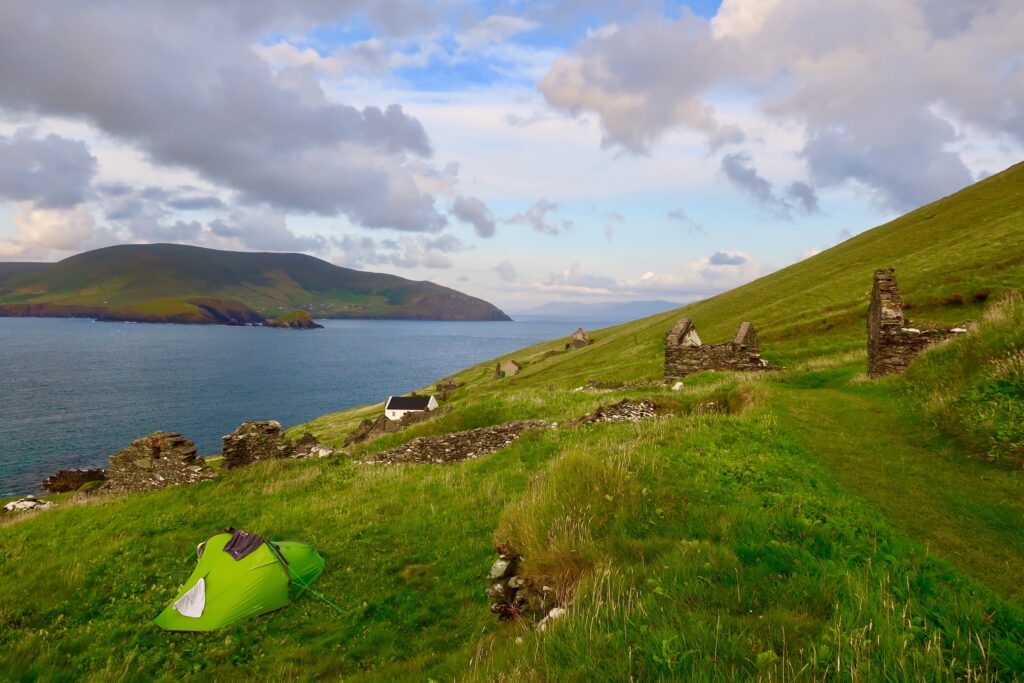
6. The Mourne Mountains in County Down
I walked through a small portion of the Mourne Mountains on my walk around Ireland last year. This was one of the most beautiful sections of the entire walk and one that made me feel especially small! There were so many spots I wanted to camp for the couple of days I spent walking this area. Some of these spots were graced with spectacular views of the land below. Others were sandwiched in a valley between two towering peaks. Due to an injury, I was eager to reach the next town and kept walking past many of these potential wild camping spots.
I still managed to pitch up in a lovely spot, such is the beauty and remote nature of the mountains. I could see the lights of a town in the valley below and only silence surrounded my tent that night. I hope to seek out many wild camping spots in the Mourne Mountains in the future.
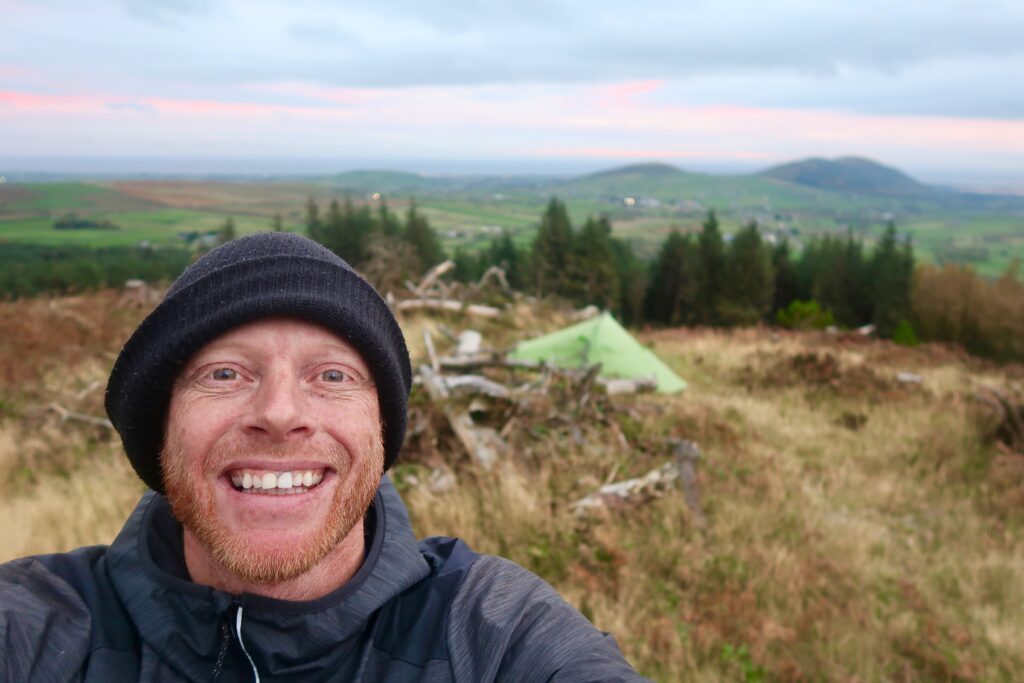
7. Nephin Beg on the Bangor Trail in Mayo
There is a part of Nephin Beg which is said to be the most remote point in the country and 8km to the nearest road. I’m not sure of the exact coordinates but the entirety of “the Bangor Trail” felt like the most remote place in the country. It felt quite strange to be hiking and camping in such a dark landscape. The sights were reminiscent of the bleak times of history like the famine years. In spite of this rather dark atmosphere, it felt like a privilege to camp here.
It was absolute silence and stillness. However, there were a bazillion midges objecting to my wanting to camp or cook in the area. It’s also quite a tough hike (much harder in wet conditions). The trail is not well-marked but for experienced hikers/wild campers, a night in Nephin Beg is an exciting and unusual experience to say the very least!
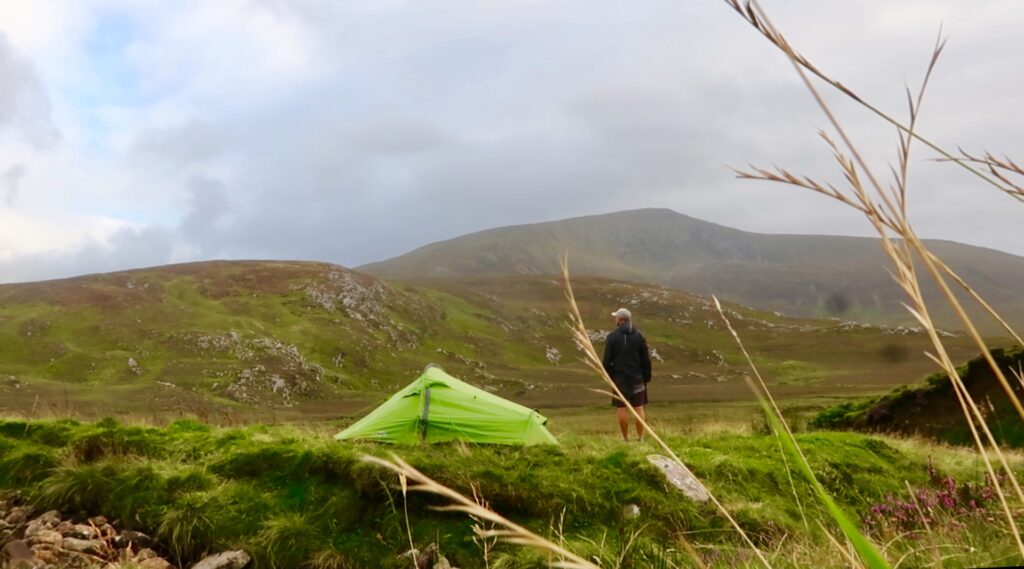
Final Thoughts
In all my years of wild camping, I’ve often found the best camping spots in the most unlikely of places. Lough Salt and Dunree Beach are examples of this. While some spots stand out from others, I believe the same sense of excitement can be found just down the road as on an adventure on the other side of the country – or even the world, for that matter!

